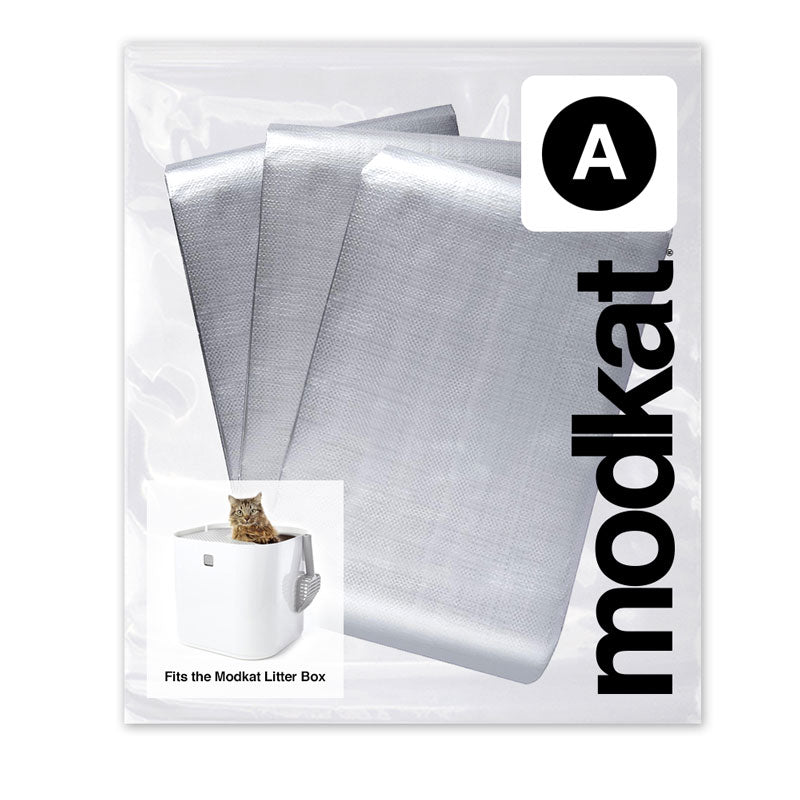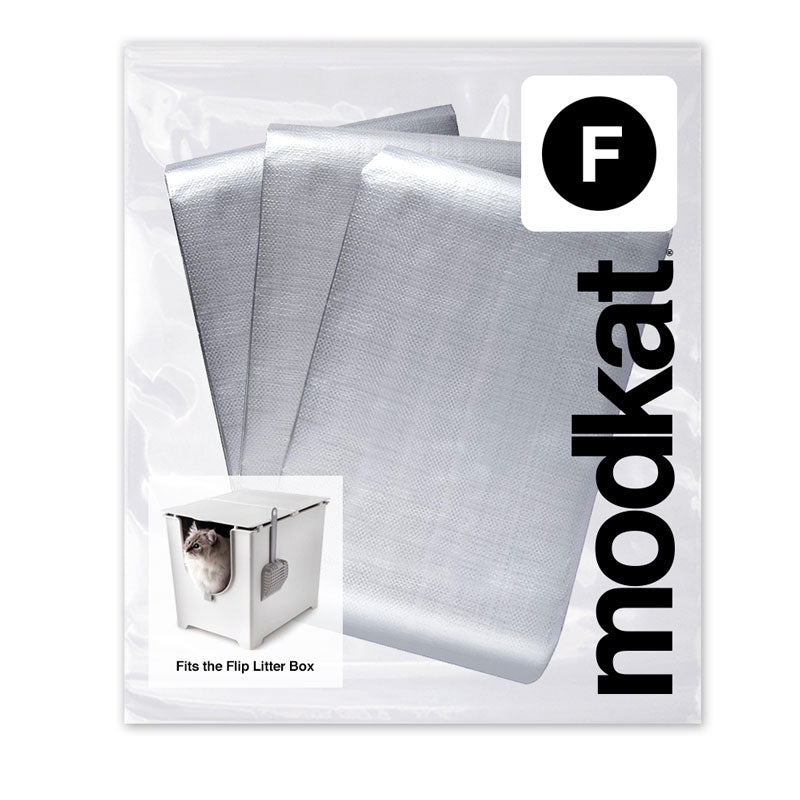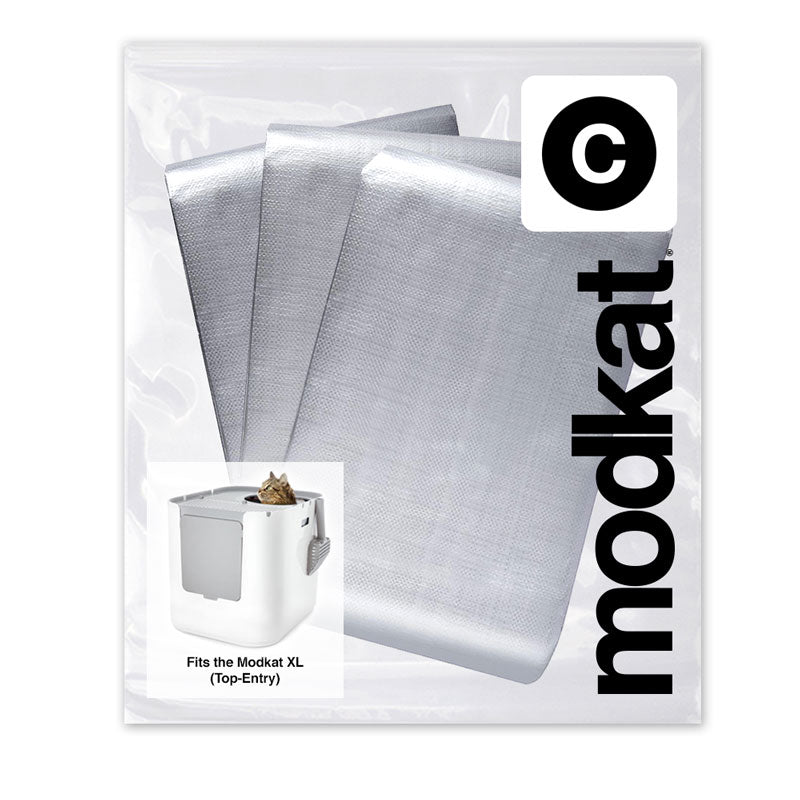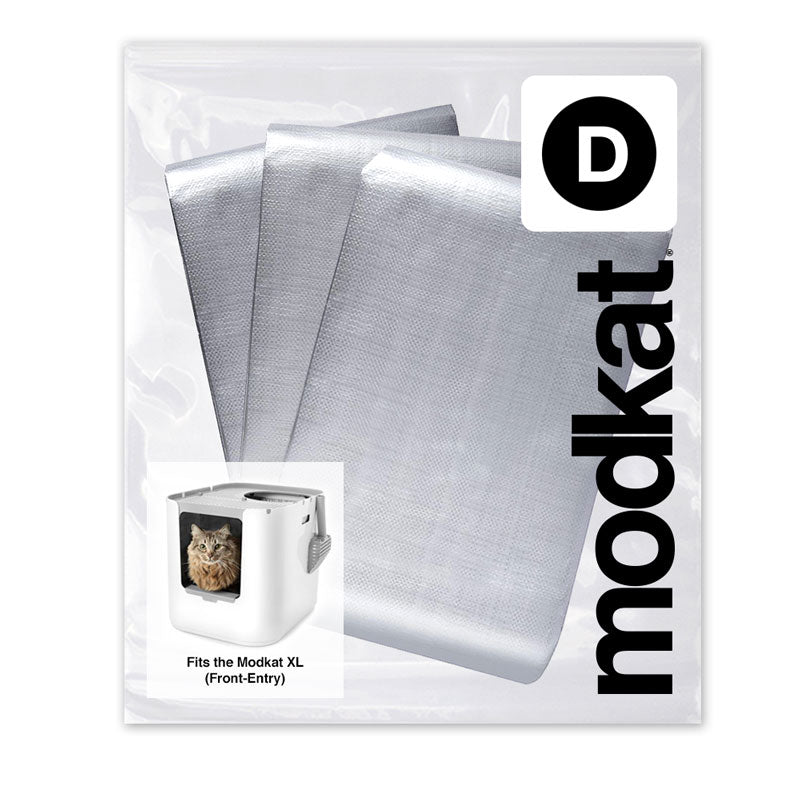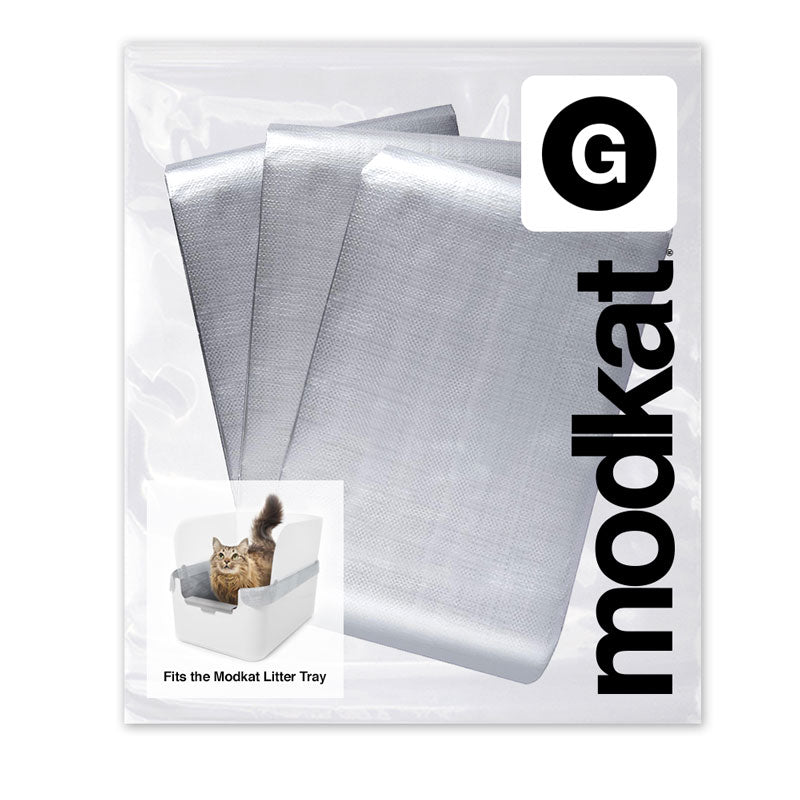Your Cart is Empty
Cat moms save 15% with code: MOM15 (ends 5/12). $12 CAD shipping on orders over $62 CAD
Cat moms save 15% with code: MOM15 (ends 5/12). $12 CAD shipping on orders over $62 CAD
Litter Boxes
Accessories
How to transition your cat to a covered litter box.

Choosing the right litter box is an important step for a cat owner.
Not only can it ensure your furry family member is comfortable while they do their business, but it can also help prevent accidents and keep your home tidy.
That’s why many pet parents choose a covered litter box for their feline friends. Read on to learn all about how to transition your cat to a covered litter box. We promise it’s easier than you think!
Benefits of using a covered litter box.
Covered litter boxes offer a number of benefits, such as:
- They are easier to clean and maintain.
- They keep the litter box area smelling fresh.
- They reduce the possibility of a cat spraying outside the box.
- They provide a sense of privacy.
- They can make cats feel more comfortable using the litter box.
With all these benefits, it's no wonder that many pet owners choose to acculturate their cats to a covered litter box. Some cat parents, however, have reservations about top-entry, covered boxes. They think these boxes might be too cramped, could trap noxious smells inside, or might even make cats feel trapped while doing business.
These pet owners raise serious concerns. So serious, in fact, that researchers at Ross University School of Veterinary Medicine undertook a scientifically valid study of the topic. Their research was published in the April 2013 issue of the Journal of Feline Medicine and Surgery.
The Ross University study involved 28 cats ranging in age from three months to 15 years. About 56% of the cats were female and 44% were male. At baseline, 78% were using an uncovered litter box, and 59% had made a deposit in a covered box at least once in their lives.
To discover the cats' bathroom preferences, the researchers gave each animal access to two litter boxes, one covered and one uncovered, over a two-week period. The cats' owners practiced the same cleaning routine on each box.
Here's the scoop on what the researchers found: 70% of cats didn't care which box they used, 15% preferred the covered box, and 15% showed an affinity for the uncovered one. In other words, 85% of cats are completely fine with a covered box.
It appears that a cat's main concern is cleanliness, not coverage. The cats in the study avoided dirty litter boxes, but they would use clean boxes of nearly any style.
However, not every cat is going to take kindly when you move him or her from an open-entry litter box to one that has a top entry or comes with higher walls. If your cat gets stressed when you introduce changes into his environment, you can try some simple tricks when transitioning him into a new type of litter box.
Steps to transfer your cat to a covered litter box.
The first thing to do is to make sure the new litter box is in an accessible location. Cats don’t like feeling boxed in, so giving them ample space will go a long way.
Avoid placing your cat's boxes in dark basements, noisy laundry rooms, or isolated closets. These locations each present their own problems. Cats who are fearless about a closed box may be too skittish to venture into a dank basement. Dryers can be surprisingly disturbing when you're trying to get comfortable on the toilet. And more than one cat has gotten shut in a closet by inadvertent passersby. In general, stick with a bedroom or bathroom.
Once you have found the right spot, it’s time to show your cat that a covered litter box is nothing to be afraid of. Some cats, of course, are absolute profiles in feline courage — darting right down the chute and into the top-entry litter box, all ready to leave their mark on this new territory. Our more tender friends, however, might need a little encouragement.
Start with the box uncovered. Fill the pan with a mix of fresh litter and litter from the old box. Your cat will appreciate the familiar scent, and it serves as a clue about what this new contraption is used for. Make sure it's in the same spot as the old litter box. This helps your cat find it and feel comfortable that nothing too serious has changed.
Then, lure your cat toward the new litter tray. You can do this with a treat (provided you keep it on a spoon, so it doesn't fall in the litter), or you can use a clicker if you've clicker trained your pet.
After the animal has used the new tray a few times, put the lid on the tray. Your pet can still smell the litter and will recognize the spot. If he or she dives down the hole, you've succeeded. A skittish pet may need a little more time.
Cats are creatures of habit, so make sure not to introduce any other changes in behavior or food at this point as well! Remember to provide lots of love, praise, and encouragement. Over time your cat should start using the new litter box without any hesitation or accidents.
Why your cat may not be using a covered litter box.
What if she's not using the new box, though?
Some cats may have a difficult time transitioning to a covered litter box — or any new box, for that matter. They may simply not like the way it looks or feels. This is especially true for older cats that are used to using a traditional litter box with an open top.
One solution is to gradually introduce the new cat to the new litter box by placing it side by side with the old one for a few days. Then move them further apart every day until they are completely separated. Another option is to place the new litter box in front of the old one so your cat can watch how other cats use it.
A couple of handy tips are to remove any food sources from near the litter boxes and make sure there are enough litter boxes throughout your house. The rule of thumb is to have at least one box per cat plus one box (2 cats + 1 extra box = 3 boxes) and at least one box on every floor of your home. Also, make sure the boxes are squeaky clean, filled with 2-3 inches of fresh litter, and always accessible.
Are you still struggling to get your cat to use the new litter box? Try using a different kind of litter in the box. Most cats despise scented litters, so stick with ordinary, environmentally friendly options like paper pellets, grass seed, or ground corn. You may also be able to buy some cats' cooperation with healthy treats or special toys before they use the new box.
If your cat is experiencing ongoing urinary problems, such as going outside the box, you may be dealing with a health issue. Cat behavior is often a gauge of cat health. Pets can get urinary tract infections, kidney infections, diabetes, and age-related cognitive decline just like humans. Your vet can help solve many of these problems.
Remember, patience and persistence will be needed to successfully transition your cat to the new litter box. However, a clean, accessible, and right-size litter box will eventually earn your cat's trust, leaving you with a happy, healthy pet and a clean, odor-free home. Learn more about our Modkat XL, Modkat, and other covered litter solutions here on our site.Purrr News.
Join our email list and get exclusive access to new products, the best cat litter box health articles, and 10% off your first order.
Products related to this blog:
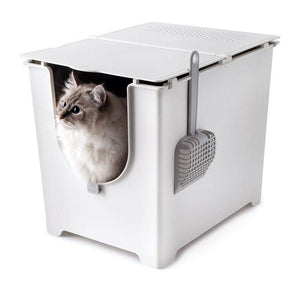
4099 reviews
"This litter box keeps everything in, nothing gets out the sides."
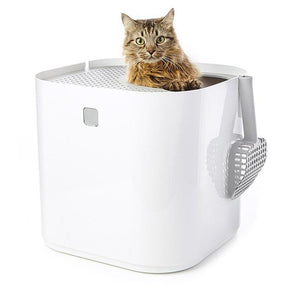
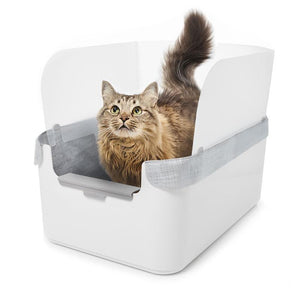
782 reviews
"My beautiful ragdoll cat and I both love the new Modkat Litter tray!"
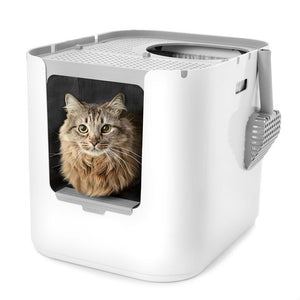
1901 reviews 
"It looks nicer than any other hooded or open option we considered."












